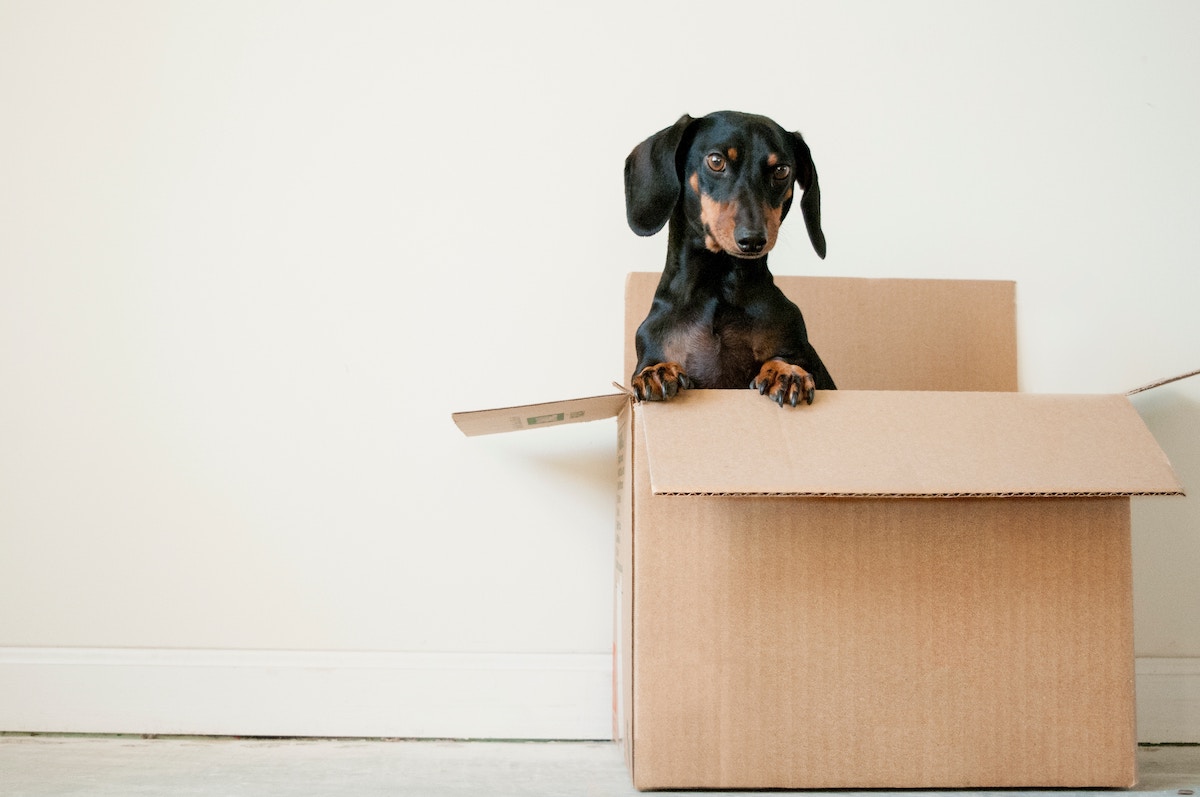Safety Tips for Moving Your Stuff into Storage

Give yourself a pat on the back because you’ve already made a proactive decision in protecting your safety by deciding to store your things in a self-storage unit. Having unnecessary clutter stored at your home can create several hazards that have the potential to threaten your well-being.
However, now that you’ve made the choice to free up space, you’ll need to plan out how you intend to move your things to the self-storage unit, so you can protect yourself and others throughout the moving process. Here are a few tips for planning a safe and successful storage experience.
Choose a Self-Storage Provider Near You
Do a search to identify a conveniently located storage facility. Search “self-storage near me” and you will be provided with a map showing the various options and locations. If you are a resident of Burlington, the Burlington Storage Barn is centrally located. The more you can cut down on travel time between your home and your choice of self-storage facility, the better off you’ll be.
Ask for Help
You should never plan to do manual lifting alone. Moving your things into a self-storage unit will most likely require that you do some lifting, pushing and pulling. Ask for help from friends or family members, to lighten your load. By working as part of a team, the exertion is equally spread over a group of people and should be manageable. What’s more, should someone sustain an injury, there will be others there to help immediately. Besides these advantages, having people help will make the moving process more enjoyable and the time will go by quicker.
Make a Plan
Prior to starting the packing and moving, sit down with everyone who will be involved and discuss amongst yourselves what you all believe to be the best approach. Talk about what potential hazards could be involved during the move and what can be done to protect someone from being impacted by them. Make sure everyone feels empowered to speak up if they see something out of place or something that concerns them.
Don’t Over-Pack
When filling up your packing boxes, don’t place so many items in a box that the walls of the box begin to bend or bulge. First off, doing this will impact the integrity of the box causing it to either fail during the move or collapse when it’s placed in the self-storage unit – spilling your things all over. Secondly, over-packing your boxes or storage bins may make them unnecessarily heavy. Separate your things evenly across your storage boxes and bins so the loads aren’t too heavy for those lifting them.
Remove Batteries
Leaving batteries in electrical devices can cause corrosion, damaging your property or worse – igniting a fire and engulfing the self-storage facility or injuring people. Make sure all devices are checked for batteries. If you find some, take them out of the item and place them in a zip-bag to save them for future use.
Separately Pack Fragile Items
Any of your things that can be easily cracked, crushed, shattered or broken should be separated into their own storage boxes and should be well wrapped / padded in bubble-wrap and / or soft items like blankets or small pillows. Pack carefully to avoid damaging fragile items and clearly mark the box “FRAGILE”. Ensure these boxes / bins are strategically placed within your self-storage unit so the “FRAGILE” labelling is apparent and visible.
Use Proper Lifting Techniques
Prior to lifting any load, make sure you plan out your path of travel. When lifting and moving packing bins, always bend your knees and lift with your legs. Do not use your back as a lever. Also, do not twist or wrench your back when carrying the load. By staying mindful of these techniques, you will be able to avoid back and shoulder injuries.
Eliminate Tripping Hazards
When de-cluttering, there is the potential to encounter tripping or snagging hazards. Where needed, do a bit of tidying up before moving items. Make sure routes are clear and remove any items that are jutting out and could cause someone to take a fall. Slips, trips and falls are one of the major causal factors resulting in injury – so pay due attention to this one.
Limit Distances When Carrying a Load
When deciding what self-storage facility you’d like to store your things in, confirm that the provider has drive-up access to your allotted unit. Being able to position your vehicle in close proximity to your unit will allow you to limit the amount of lifting and moving you will need to do.
Take Frequent Breaks
Lifting and moving can be strenuous work. Make sure you and your helpers take breaks from lifting. During your break, take a load off by having a seat and also take the time to do a little light stretching to keep your legs, back and shoulders limber.
Pack Heavy Items Lower
When placing storage boxes / bins into your vehicle or moving truck, make sure to place heavier items down low. Packing heavy boxes up high can cause toppling and back injuries. Lighter items should be packed last.
Strategically Place Your Storage Boxes for Transport
As you place your storage boxes into your vehicle, make sure the items are placed in such a way so as to not obstruct your view while driving. Statistically, the transport portion of your move will be the most hazardous, so make sure you can see the road from all vantage points. Also, make sure you disperse your boxes so the load is balanced and secure. This will prevent the load from shifting while in transit.
Follow the above suggestions and stay aware throughout the moving process and transitioning your things from your home to your self-storage unit should go off without a hitch.
Safe moving into your self-storage unit!